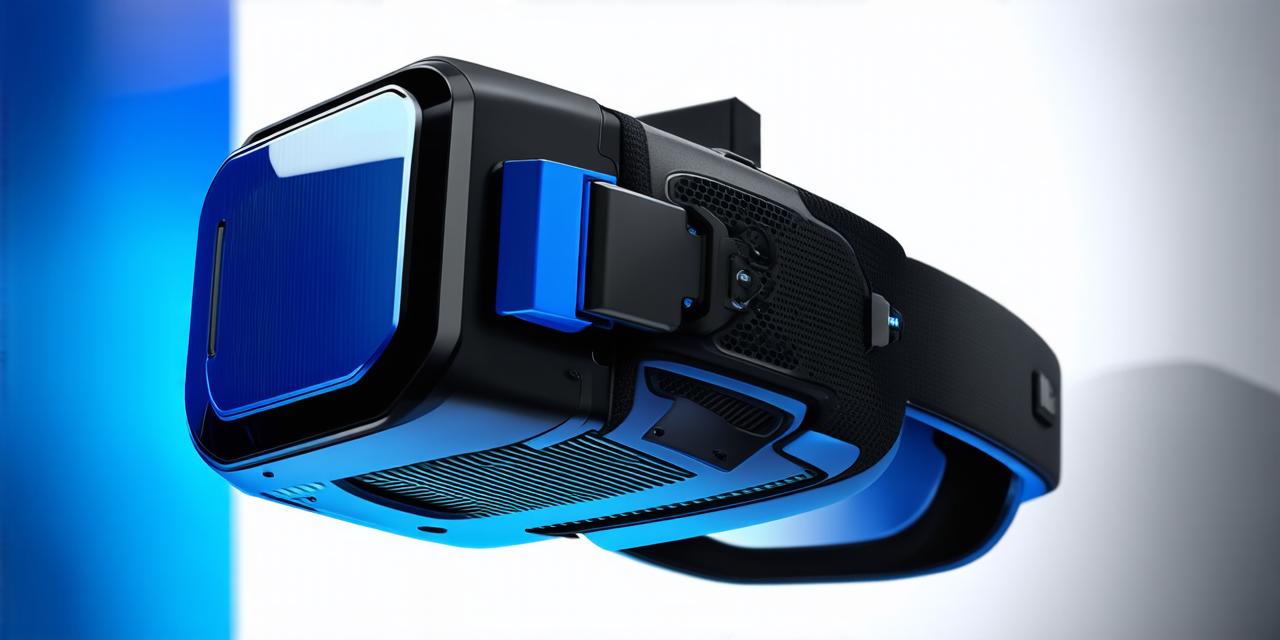Virtual reality (VR) is a rapidly growing field with limitless potential for gaming, education, and other applications. One of the most popular tools for creating VR experiences is Unity, a powerful game engine that also supports VR development.
1. Setting up your development environment
Go to the Unity website () and download the latest version of Unity. Once installed, launch the program and create a new project.
a. Download and install Unity
Go to the Unity website () and download the latest version of Unity. Once installed, launch the program and create a new project.
b. Install plugins
There are many plugins available for Unity that can enhance your VR development experience. Some popular ones include:
- Vuforia: A plugin for tracking objects in real-world environments using your smartphone’s camera.
- Unity Analytics: A service that allows you to track user behavior and performance in your VR applications.
- SteamVR: A plugin for exporting your VR application to the Steam platform.
To install a plugin, go to the Asset Store () and search for the plugin you want. Once found, click “Add to Project” and follow the instructions.
2. Creating your first VR scene
Now that you have your development environment set up, let’s create our first VR scene.
a. Create a new scene
In Unity, go to Assets > Scene > New Scene. This will create a new empty scene in the Hierarchy view.
b. Add objects
To add objects to your scene, go to Assets > GameObject > 3D Object or Assets > Import Package. You can also import models from external software like Blender or Maya. Once you have added your objects, drag them into the Scene view.
c. Position and rotate objects
Use the Transform tool in the Inspector view to position and rotate your objects. You can also use the selection tools in the Scene view to move and rotate objects by dragging them with the mouse or finger.
d. Add lighting and materials
To make your scene look more realistic, you can add lighting and materials to your objects. Go to the Lighting section of the Inspector view and add new lights. You can also add materials to your objects by going to the Materials section of the Inspector view.
3. Creating a VR camera
Now that we have our scene set up, let’s create a VR camera that will allow us to view our scene in 3D.
a. Add a new game object
Go to Assets > GameObject > Camera and add a new camera to your scene.
b. Set the camera as the main camera
In the Hierarchy view, right-click on the camera object and select “Set as Main Camera”. This will make the camera the primary camera that the player will see.
c. Create a VR camera
Go to Assets > VR > VR Camera.
